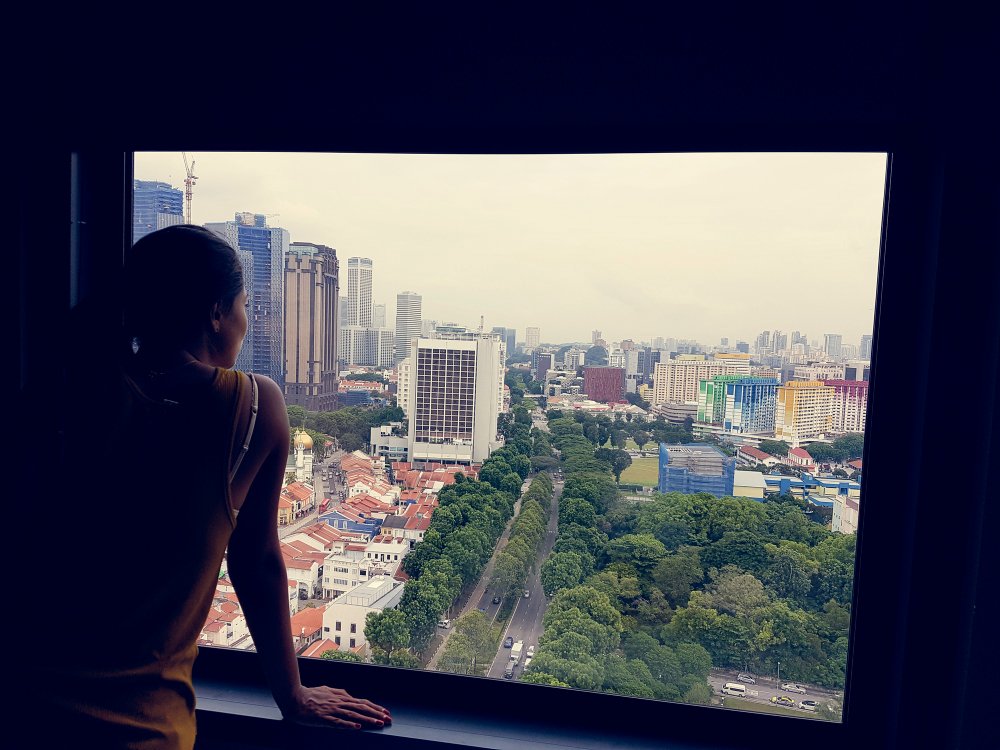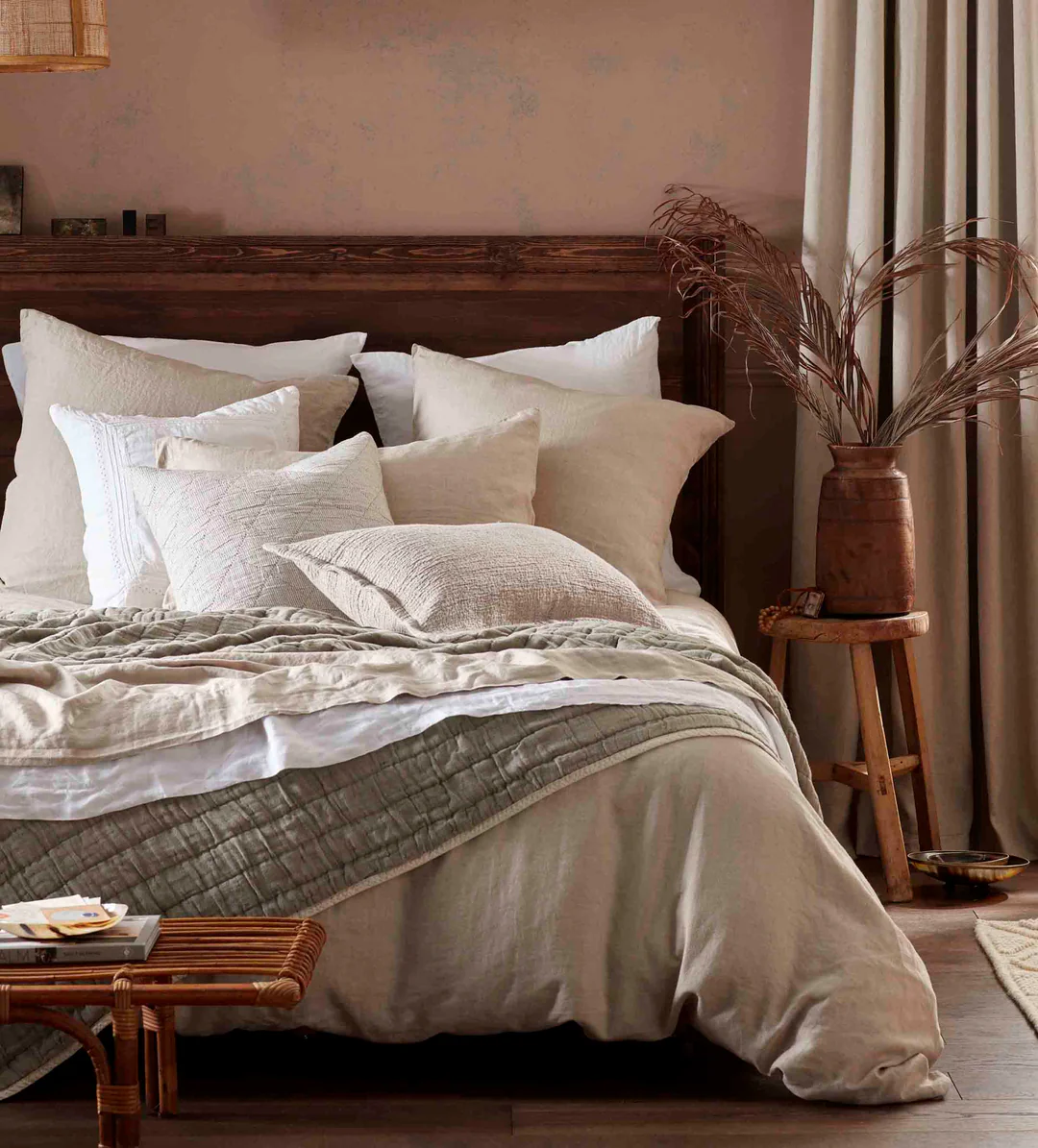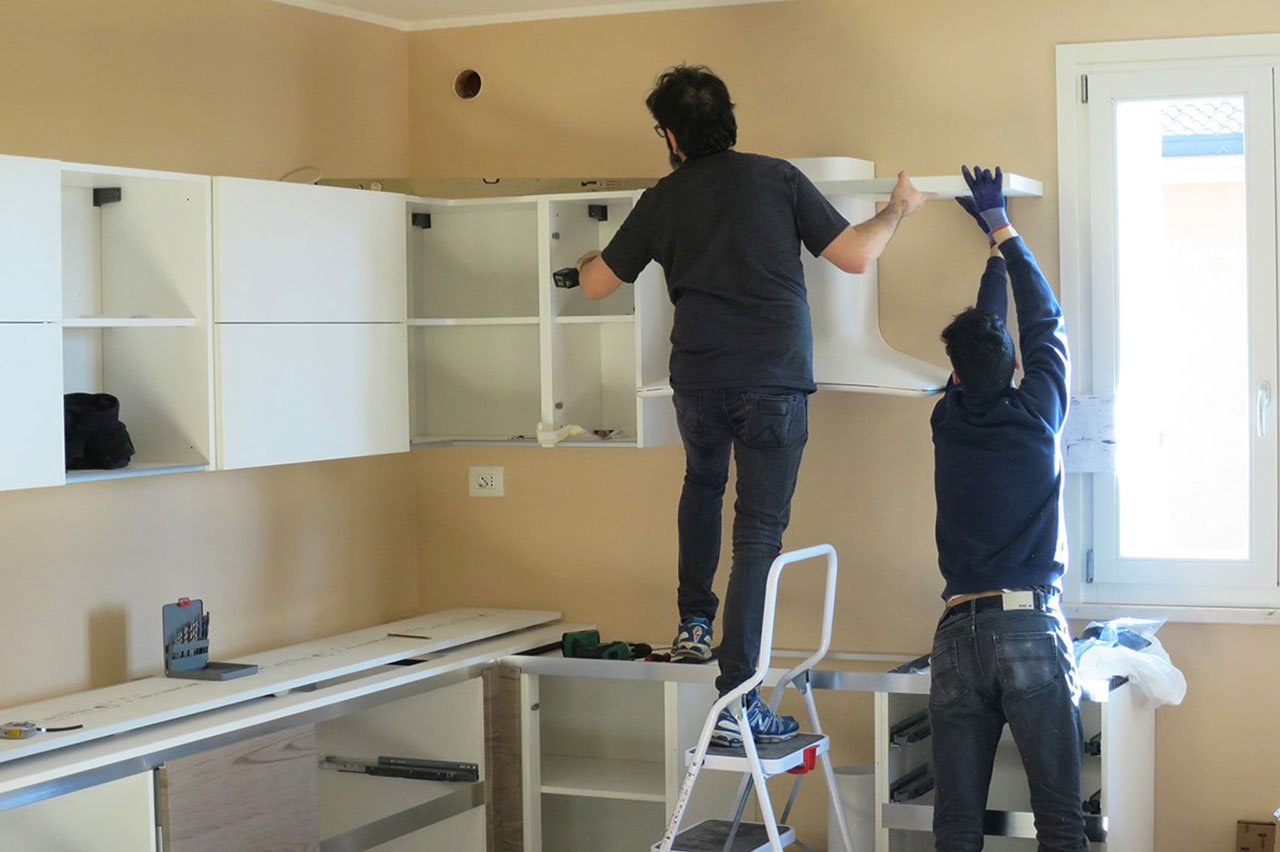Have you ever wondered how those intricate patterns on vintage linens came to life? Embroidery has been captivating crafters for centuries, and today’s simple embroidery designs make this ancient art form accessible to everyone. Whether you’re looking to personalize clothing or create heartfelt gifts, starting with basic patterns opens doors to endless creative possibilities.
Essential Tools for Creating Beautiful Embroidery
Before diving into your first project, gathering the right supplies sets you up for success. You’ll need embroidery hoops to keep fabric taut, sharp needles in various sizes, and quality embroidery floss. Good scissors make clean cuts, while water-soluble markers help transfer patterns accurately. Don’t forget a thimble – your fingers will thank you during longer stitching sessions.
Understanding Basic Embroidery Stitches
The Foundation: Running Stitch
Think of the running stitch as embroidery’s building block. This straightforward technique involves passing the needle in and out of fabric at regular intervals. It’s perfect for outlines, borders, and creating texture in simple embroidery designs.
Back Stitch for Clean Lines
When you need crisp, continuous lines, the back stitch delivers. Each stitch connects to the previous one, creating smooth curves and sharp angles. This technique works beautifully for lettering and detailed outlines.
French Knots Add Dimension
These tiny textured dots bring simple embroidery designs to life. Perfect for flower centers, stars, or adding visual interest to any pattern. The key lies in wrapping the thread around your needle before pulling through the fabric.
Choosing the Right Fabric for Your Project
Cotton provides an excellent starting point for beginners. Its stable weave holds stitches well without puckering. Linen offers a more rustic appearance, while canvas works wonderfully for decorative pieces. Avoid stretchy fabrics initially – they can distort your carefully planned patterns.
Simple Flower Designs That Always Impress
Daisy Chains for Cheerful Borders
Nothing says spring like a row of cheerful daisies. Using white French knots for petals and yellow centers, these simple embroidery designs brighten any project. Add green stems with back stitch for a complete garden feel.
Rose Buds with Minimal Effort
Create elegant rose buds using just a few stitches. Start with a small satin stitch for the center, then add overlapping petals with straight stitches. These work beautifully on pillowcases or clothing details.
Geometric Patterns for Modern Appeal
Contemporary crafters love geometric simple embroidery designs. Think triangles, circles, and linear patterns that complement today’s minimalist aesthetic. These designs work especially well on home décor items and modern clothing.
Nature-Inspired Motifs
Leaf Patterns in Various Styles
From simple oval shapes to detailed vein work, leaves offer versatility in embroidery. Use different green shades to create depth, or try autumn colors for seasonal projects.
Tree Silhouettes
Bare tree branches create striking silhouettes using only back stitch. These simple embroidery designs work beautifully on wall hangings or as accent pieces on bags and jackets.
Adding Text and Lettering
Personal messages transform ordinary items into treasured keepsakes. Start with simple block letters using back stitch, then experiment with cursive styles as your confidence grows. Consider the scale – smaller text requires finer threads and more precise stitching.
Color Theory in Embroidery
Understanding color relationships elevates your work from amateur to professional-looking. Complementary colors create vibrant contrasts, while analogous colors offer harmony. Don’t be afraid to experiment – simple embroidery designs often look stunning in unexpected color combinations.
Common Mistakes to Avoid
Tension Troubles
Pulling threads too tight creates puckered fabric, while loose stitches look sloppy. Practice finding that sweet spot where stitches lie flat against the fabric without distortion.
Skipping the Planning Phase
Jumping straight into stitching without proper planning often leads to crooked patterns or poor proportions. Take time to mark your design properly before threading your needle.
Finishing Techniques That Matter
Proper finishing transforms amateur work into professional-looking pieces. Secure thread ends carefully, press finished work gently, and consider how the piece will be used when choosing finishing methods.
Project Ideas for Practicing New Skills
Kitchen Towels with Herb Motifs
Practice simple embroidery designs on practical items. Herb patterns like rosemary sprigs or thyme branches add charm to everyday kitchen linens.
Personalized Tote Bags
Canvas tote bags provide excellent practice surfaces. Try monograms, small florals, or inspirational words to create unique accessories.
Building Your Embroidery Library
Start collecting pattern books, online resources, and inspiration photos. Simple embroidery designs can be found everywhere – from vintage textiles to modern graphic design. Building a reference library helps spark creativity for future projects.
Caring for Your Embroidered Pieces
Proper care ensures your handwork lasts for years. Hand washing in cool water preserves colors and prevents shrinkage. Store finished pieces flat or rolled around tubes to prevent creasing.
Growing Your Skills Over Time
Every expert started with simple embroidery designs. As your confidence builds, gradually introduce more complex techniques like French knots, lazy daisy stitches, or chain stitch variations. The key lies in consistent practice and patience with yourself.
Conclusion
Simple embroidery designs offer the perfect entry point into this rewarding craft. With basic tools, fundamental stitches, and creative inspiration, you can create beautiful handmade pieces that reflect your personal style. Remember, every master embroiderer started with their first simple stitch. Your journey into this timeless art form begins with that first needle pull through fabric.
Frequently Asked Questions
1. How long does it take to complete simple embroidery designs?
Most basic patterns take 2-4 hours to complete, depending on size and complexity. Small motifs might finish in under an hour, while larger pieces could require several sessions.
2. What’s the best thread type for beginners?
Six-strand cotton embroidery floss works best for beginners. It’s affordable, comes in countless colors, and separates easily for different line weights.
3. Can I wash embroidered items in the washing machine?
Hand washing is safest, but machine washing on gentle cycles with cold water usually works fine. Always test colorfastness first on a hidden area.
4. How do I transfer patterns to fabric?
Use water-soluble markers, transfer paper, or iron-on patterns. For light fabrics, you can trace patterns placed underneath the fabric using a light box or window.
5. What should I do if I make a mistake?
Carefully remove incorrect stitches with a seam ripper or small scissors. Most mistakes can be corrected without damaging the fabric, so don’t worry about perfection while learning.















Leave a Reply